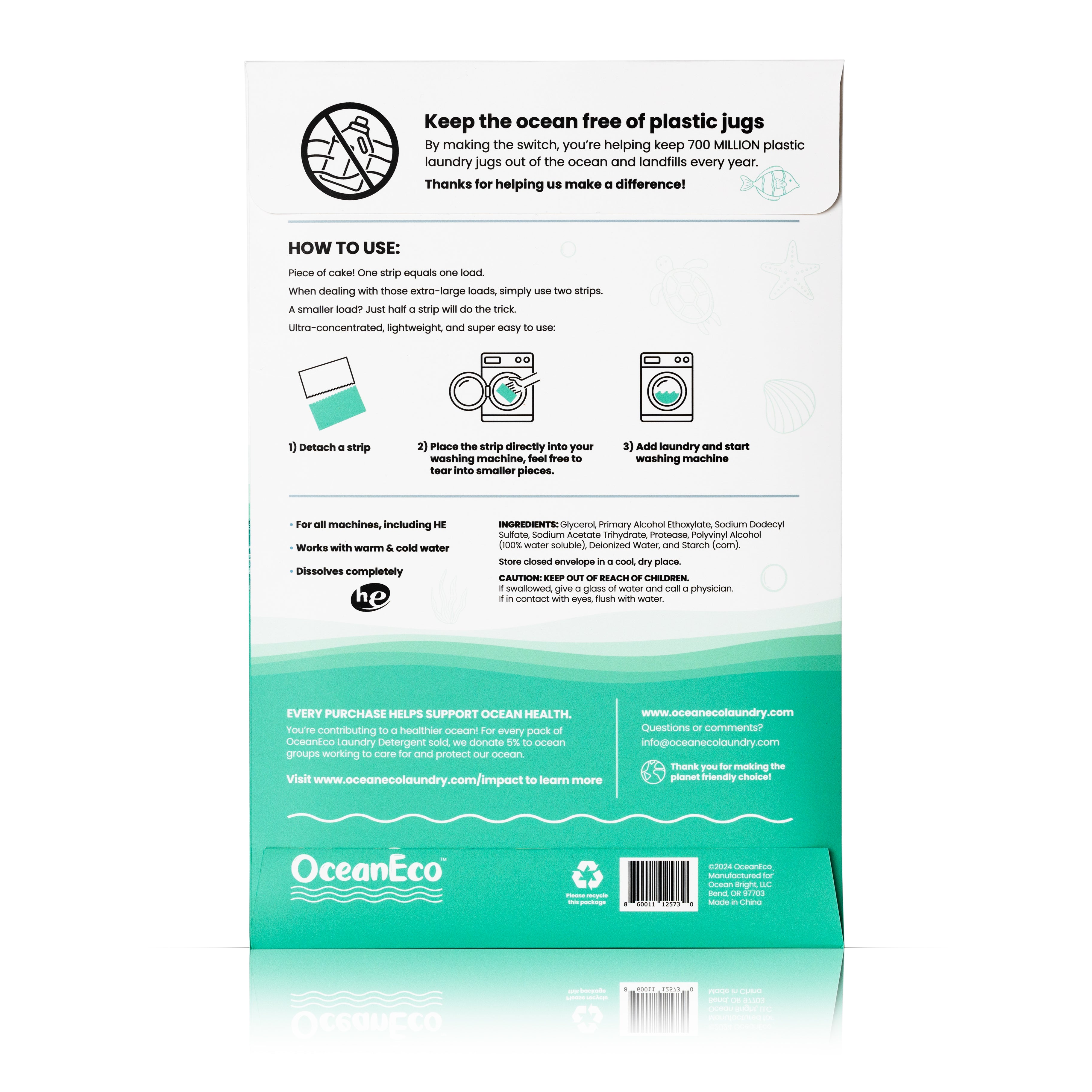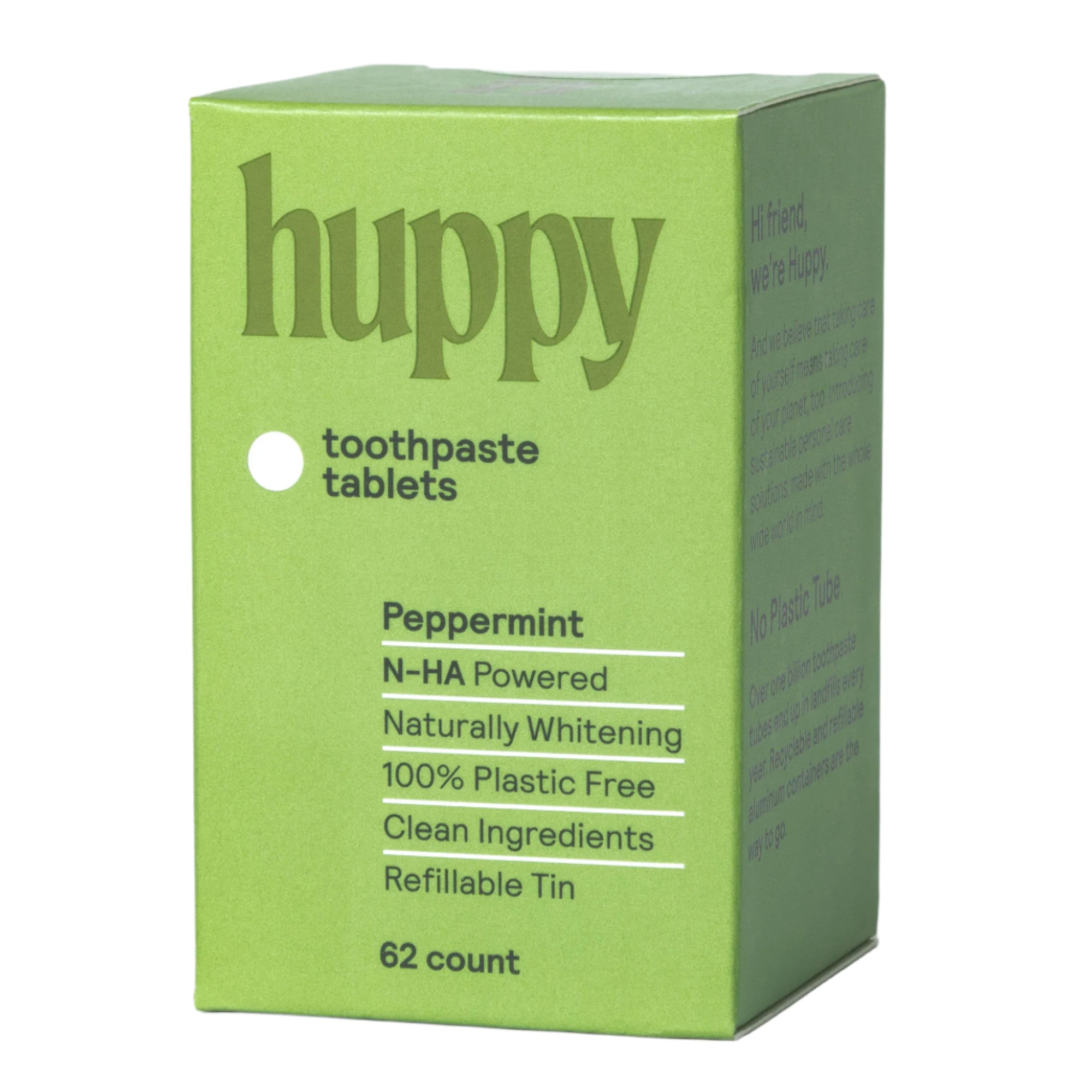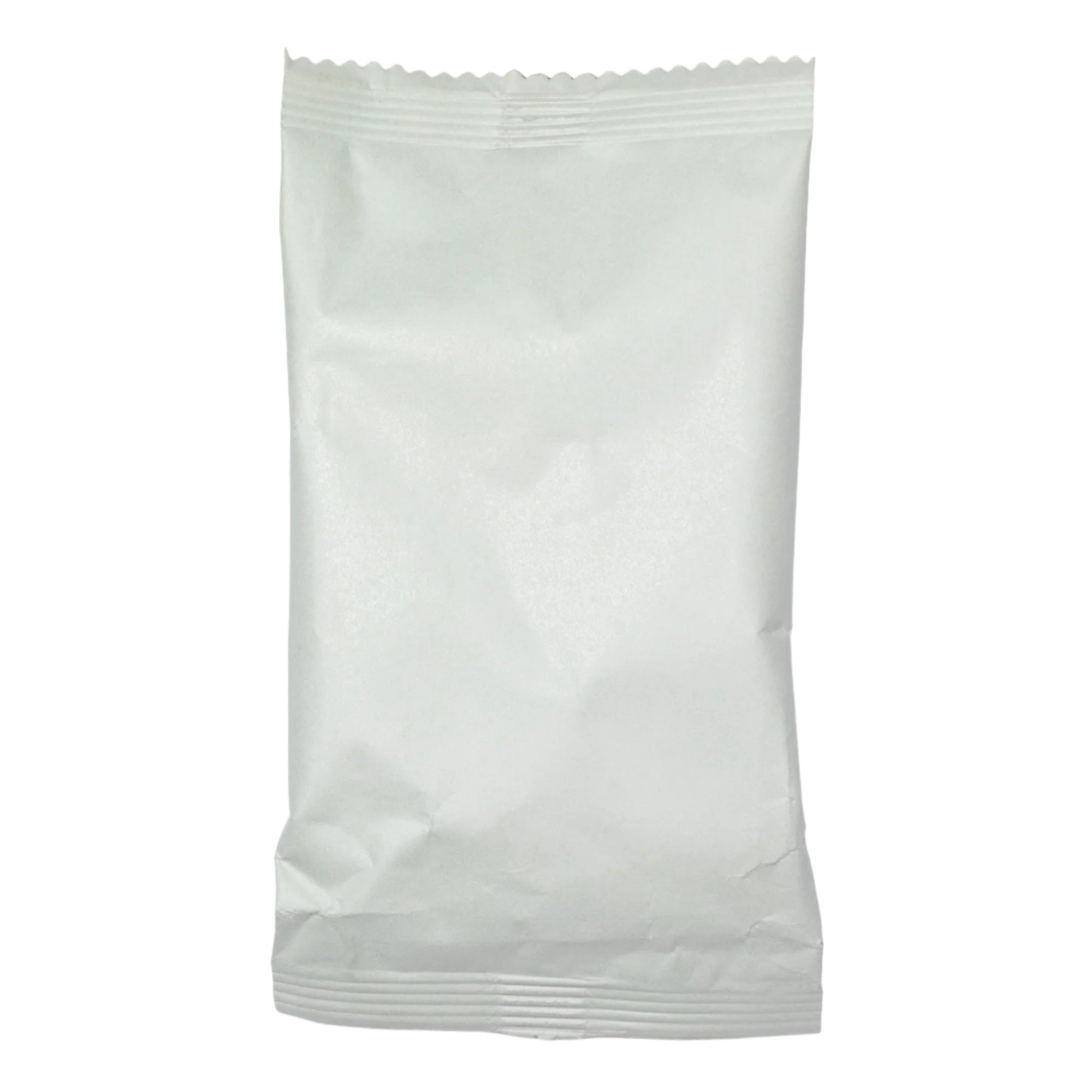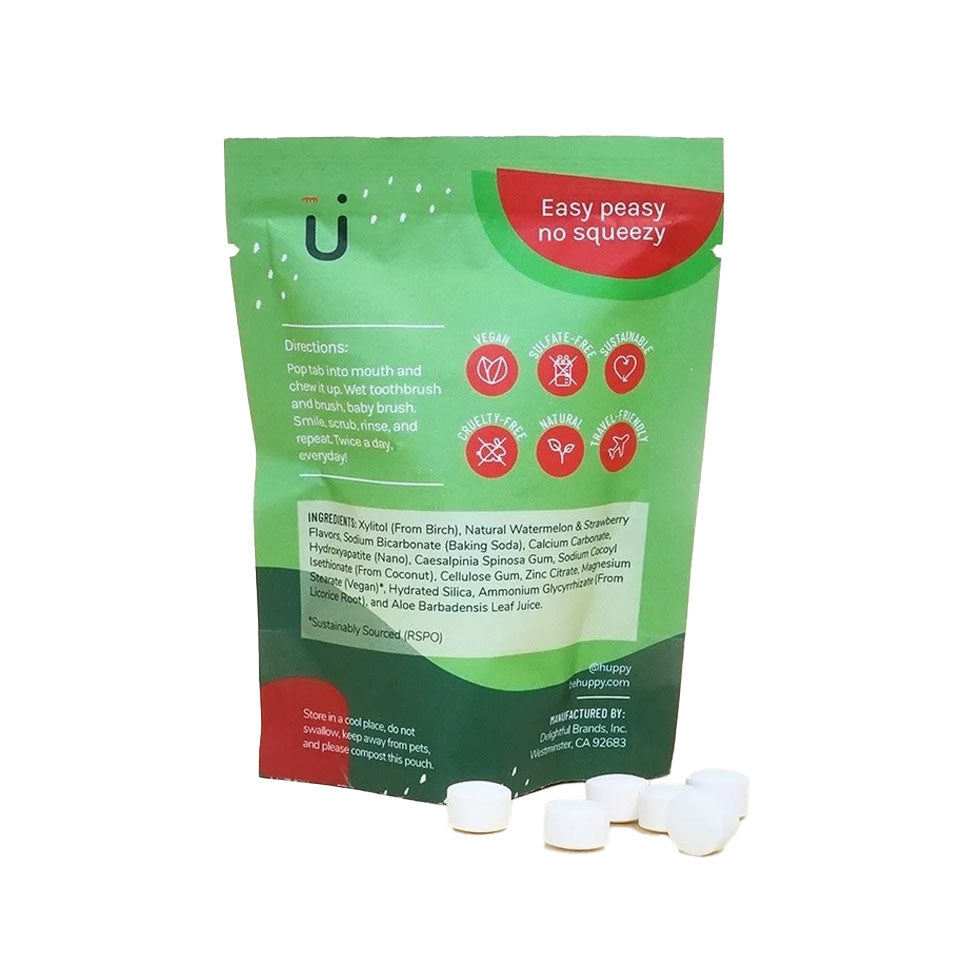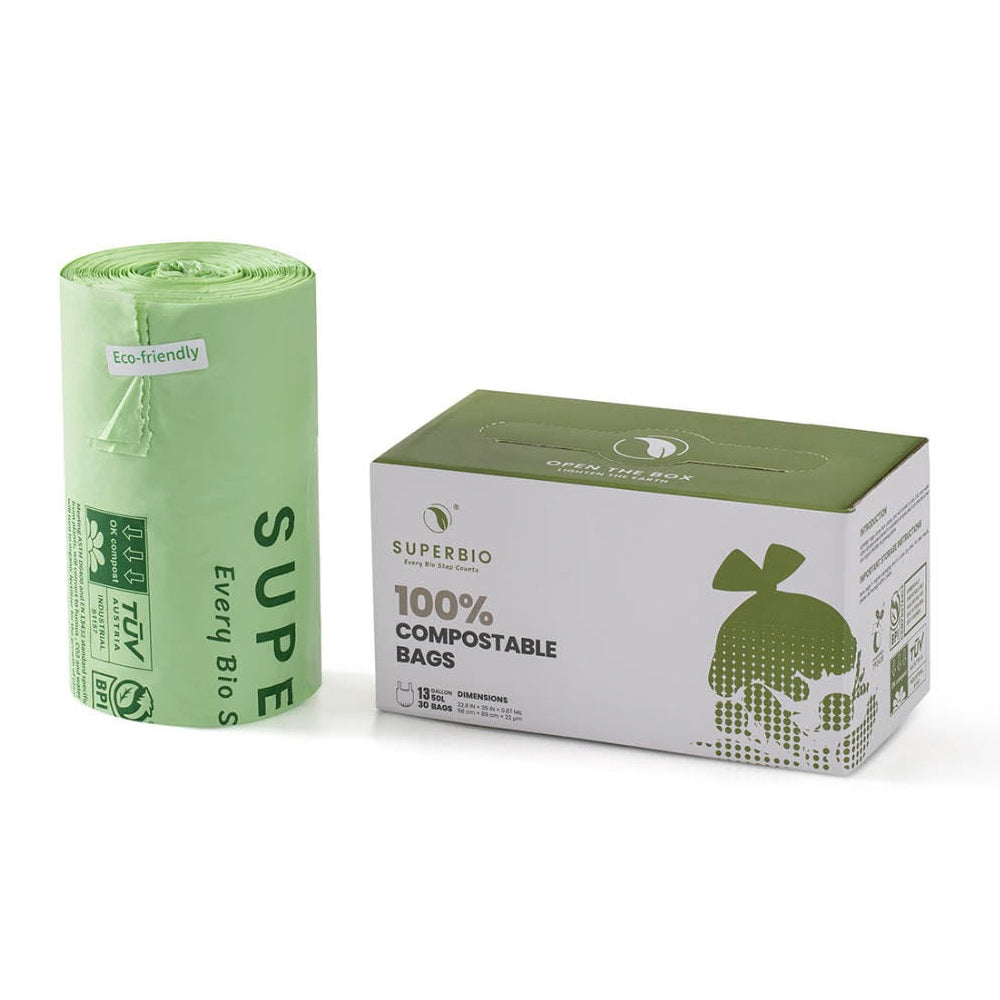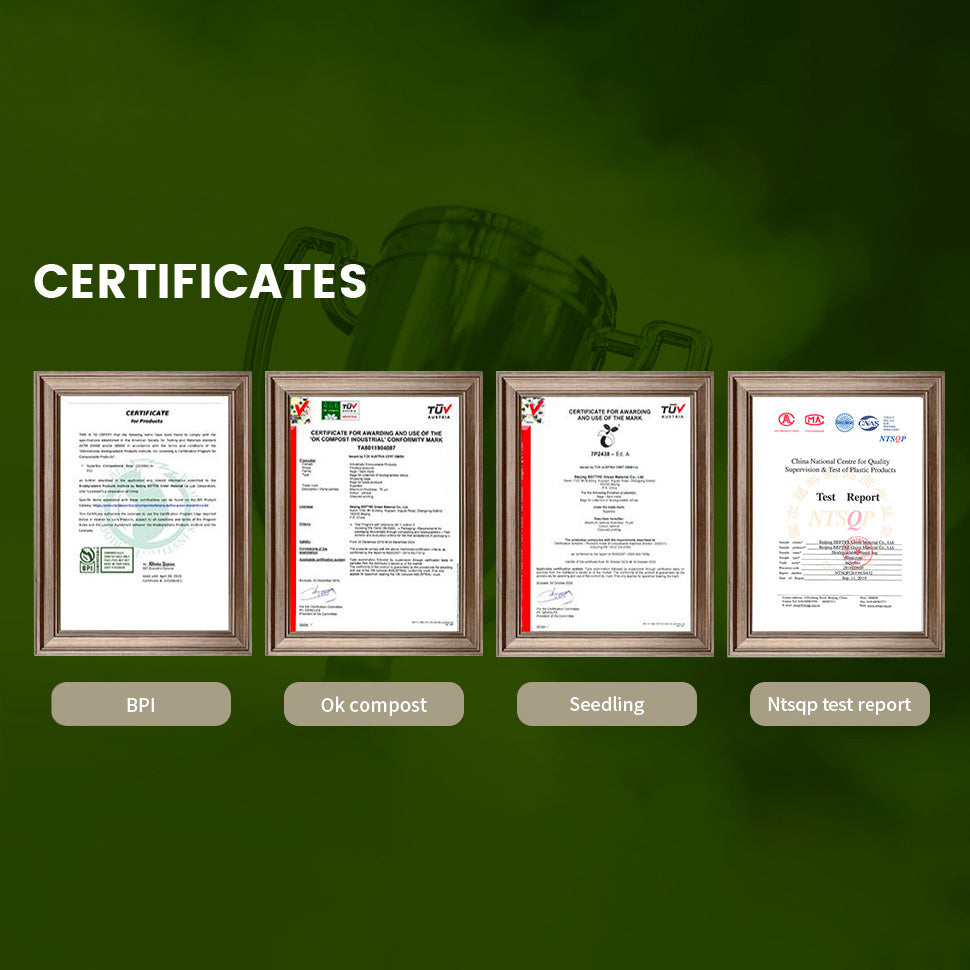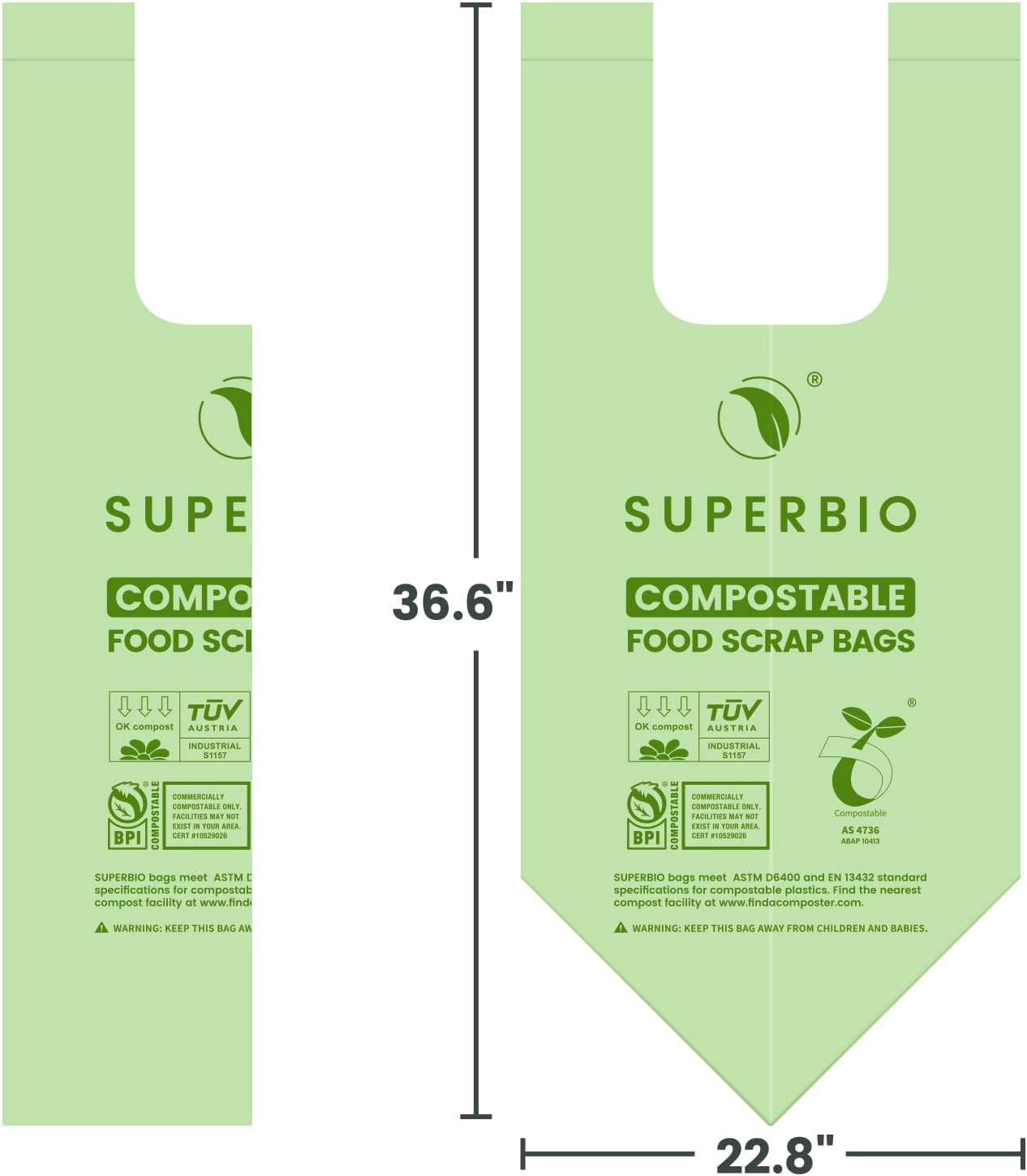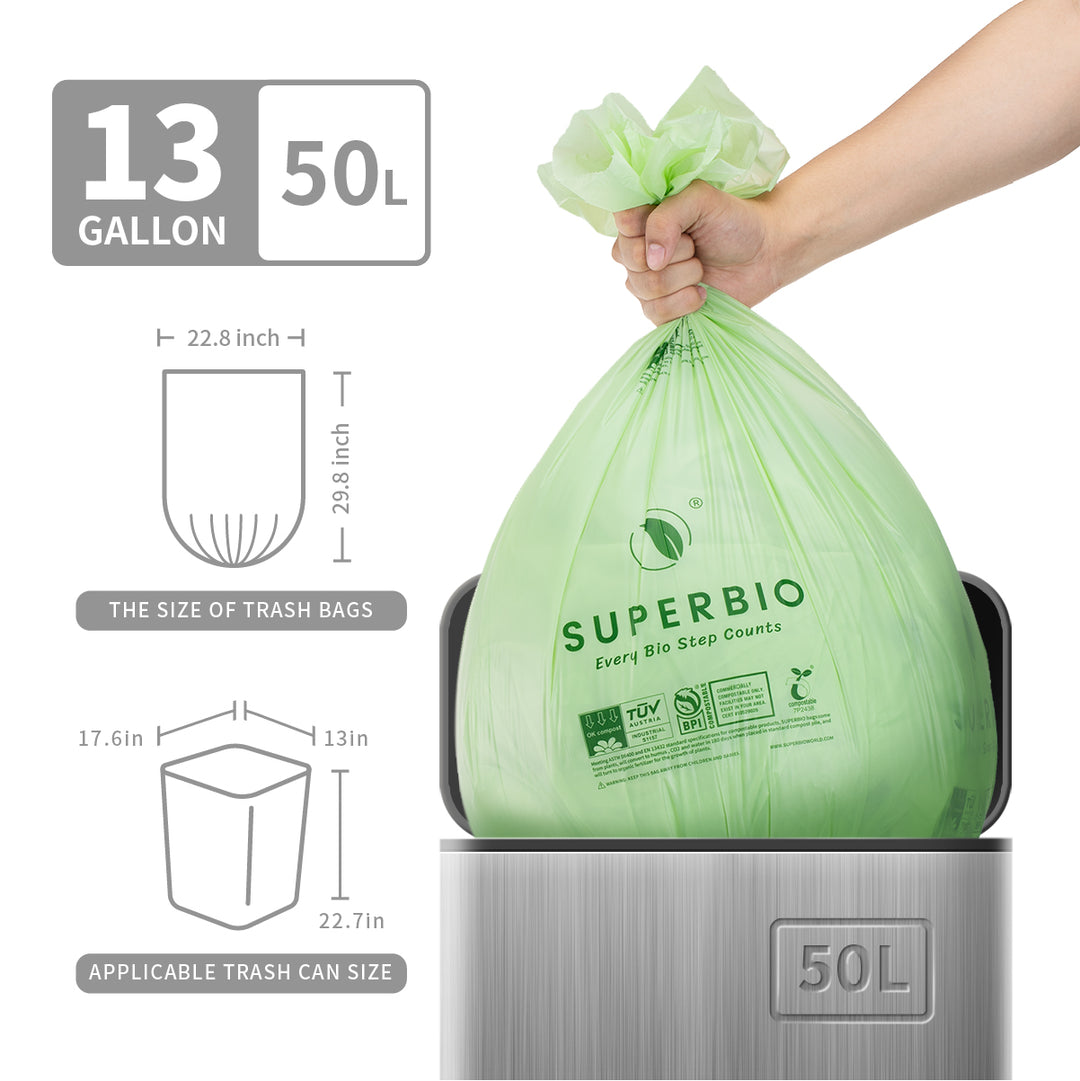AI Drones Expose Hidden Nets That Threaten Sea Turtles
Australia’s northern beaches may look untouched, but beneath the sand and mangroves lies a deadly problem. Ghost nets—discarded fishing gear drifting on currents—are piling up in staggering numbers. Indigenous ranger groups and scientists are now deploying artificial intelligence drones to find and remove them before they kill marine life.
Researchers from Charles Darwin University’s North Australia Center for Autonomous Systems recently surveyed 52 miles of the Anindilyakwa Indigenous Protected Area. Their drones located 72 abandoned nets, ranging from 20 inches to over 16 feet, almost one for every eleven football fields of shoreline, Earth.com reports.

Ghost nets are abandoned fishing nets drifting through oceans.
Why Ghost Nets Are So Dangerous
Every year, about 640,000 tons of fishing gear are lost at sea, making up nearly half of the large plastic debris in the oceans, according to the UN Food and Agriculture Organization. These nets entangle whales, dolphins, turtles, and dugongs, often leaving them to drown or starve. As the nylon and polyethylene break down, they add to the growing tide of microplastics entering the food chain, DroneXL notes.
The Gulf of Carpentaria is a critical habitat, home to dugong nurseries and nesting beaches for flatback turtles. A single net can devastate these ecosystems, undoing years of conservation work.
Tiwi Island ranger Derek Puruntatameri said protecting turtles and marine life is also protecting cultural heritage.
“We want to protect these things for our future, for our kids,” he told ABC News.

These nets kill marine animals long after being discarded.
Drones in Action
Previously, helicopters scanned coastlines for ghost nets, but the high costs and weather limits meant many areas went unchecked. Now, a six-rotor UAV carried in a pickup can cover the same ground for the price of a tank of fuel. AI software scans high-resolution images for the spectral signature of orange or green twine against sand or vegetation, pinpointing even partially buried nets.
Once detected, rangers deploy boats and winches to pull the tangled masses from beaches. As Earth.com reports, the first drone surveys removed over 30 tons of debris, opening nesting sites once blocked by nets.

AI-powered drones are now detecting ghost nets on remote beaches.
Community and Global Impact
The success of this program comes from technology paired with local knowledge. Ten Anindilyakwa rangers have trained as certified drone pilots, ensuring skills and jobs stay in the community. The effort has already removed hundreds of nets and more than 145,000 kilograms of debris across northern Australia, according to ABC News.
Globally, ghost nets remain a mounting crisis. Their impacts ripple from lost fisheries income to coral reef destruction, PSCG Global reports. With plastic production expected to triple by 2060, the urgency to act grows.
For now, the partnership between AI drones and Indigenous rangers offers a model the world is watching. From Hawaii to the Galápagos, similar coastlines could soon benefit from this mix of high-tech detection and local stewardship.









































































































































































































